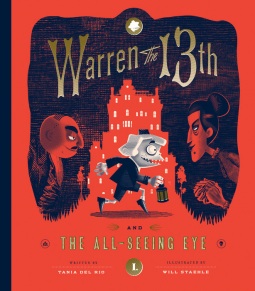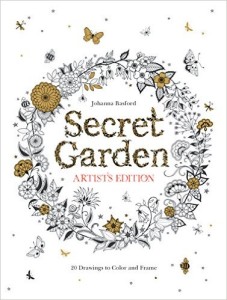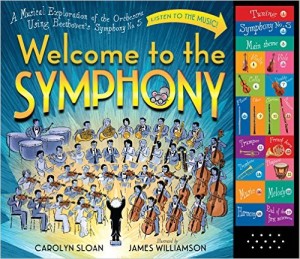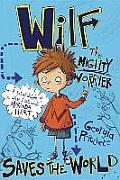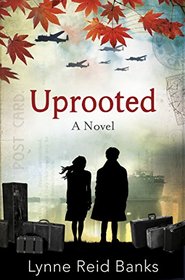 At the start of World War II, many women and children left England to live with relatives or sponsoring families in Canada and the U.S. The idea was to keep them safe from the bombing and hardship that was sure to come. Against this backdrop, ten-year-old Lindy, her mom, and her cousin Cameron set off for Saskatoon, Canada, where a great uncle lives. Although the uncle lives in too small of a space to welcome the three himself, he finds a family they can live with.
At the start of World War II, many women and children left England to live with relatives or sponsoring families in Canada and the U.S. The idea was to keep them safe from the bombing and hardship that was sure to come. Against this backdrop, ten-year-old Lindy, her mom, and her cousin Cameron set off for Saskatoon, Canada, where a great uncle lives. Although the uncle lives in too small of a space to welcome the three himself, he finds a family they can live with.
The transition isn’t easy. Canadians talk differently, eat different foods, and live in a vast place with great distance and wilderness between towns. No one in the family likes being an outsider, but soon they make friends and adjust, despite the stress of worrying about family members left behind.
Uprooted by Lynne Reid Banks is a compelling story about lesser-known war evacuees—those who left England. Lindy is preoccupied with the things any 10 year old would be: making friends, having fun, and doing well in school. But she also worries because they have no money of their own. They were restricted to leaving England with only 10 pounds each and they have little ability to earn money in Canada. She worries about her mom getting lonely without her dad, and she worries because Cameron feels as though he deserted his country and his parents when they need him most.
The story is based on the author’s own childhood experience. It has universal appeal both as historical fiction and because it captures the feeling anyone can have of starting over in a strange land and a different culture. I highly recommend it for mother-daughter book clubs with girls aged 9 to 13.
The publisher provided me with a copy of this book in exchange for my honest review.

